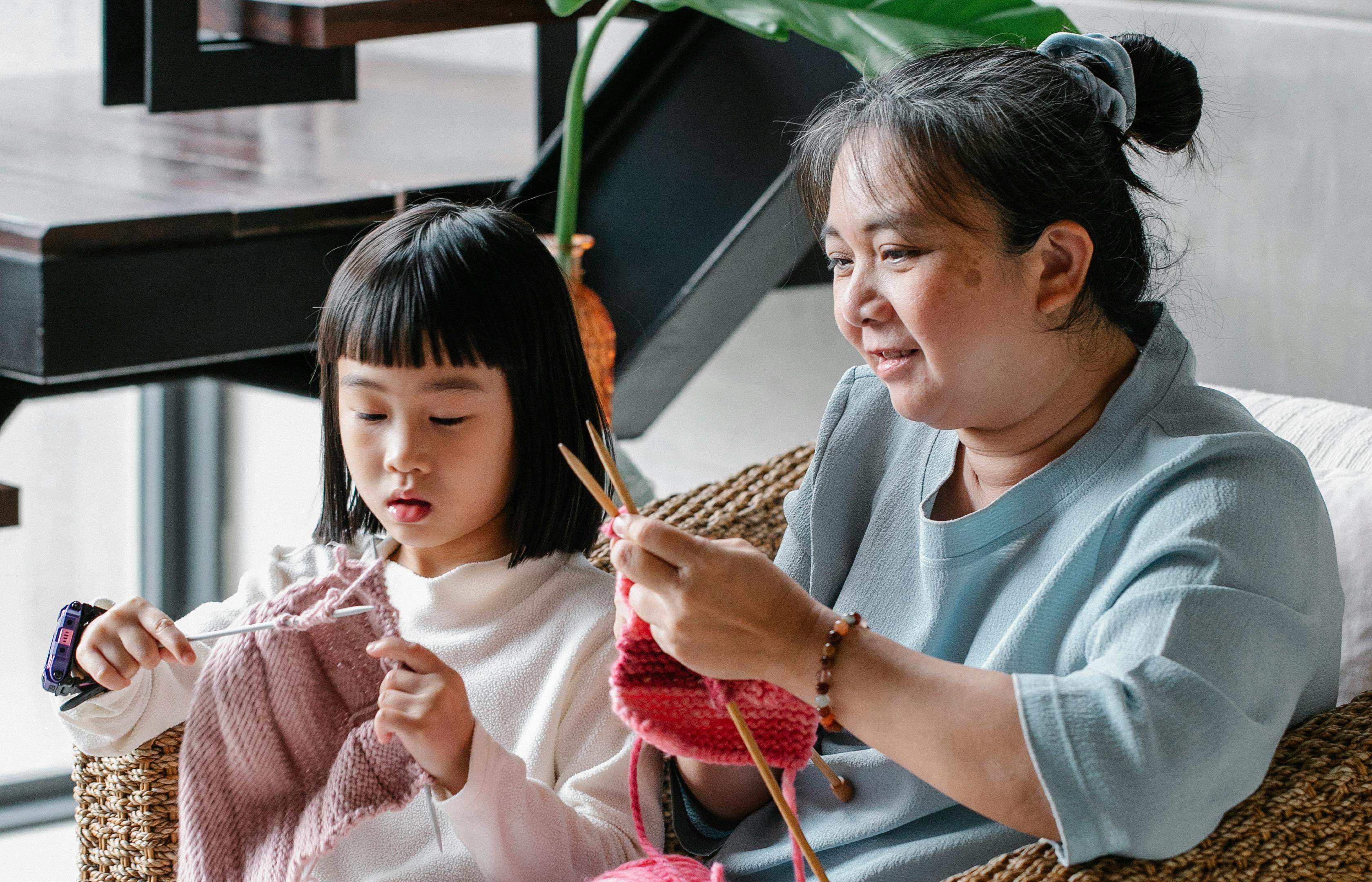
Lice – Measures to prevent transmission from person to person
Where do head lice come from? No one knows for sure, but evidence of lice goes back many centuries. Their shells have been found on mummies once sealed in ancient tombs, as well as in prehistoric burial grounds in North America. There are literary references to lice from the year 16 a. C., when the Egyptians once invented their own remedies for lice.
In most cases, head lice are transmitted from one human to another, primarily through head-to-head contact. While most references report that they are most often found in children between the ages of three and eleven, more recent research shows that the greatest number of cases are found in children between the ages of nine and 16.
While it is possible to pick up a hitchhiker (an abandoned strand of hair with a louse still attached), less than 2% of all active cases are suspected to be contracted this way. Lice eggs, or nits as they are commonly known, are also of little concern, as they cannot re-attach to new hair.
Lice cannot travel from humans to animals or back, nor can they fly, so the most likely way to become infected is to come into direct physical contact with hair care items, clothing, bedding, or even furniture that have been used by one person. with head lice.
Although a small number of infections occur due to loose strands of hair, treating head lice means treating the entire family. Wash all machine washable clothing and bedding worn by the infected person in the past 2 days at 130 F. Dry items on the hottest cycle possible for no less than 20 minutes. Dry clean all other items or seal in airtight plastic bags for 2 weeks (this includes stuffed animals). Combs and brushes must be sterilized. Finally, vacuum the floor and all the furniture.
Many experts believe that the most effective way to treat and prevent a lice infestation is regular combing. A thorough combing, combined with other treatments, can remove nits or lice eggs and give you a chance to find and remove the adults. Unfortunately, success with head lice treatments does not mean lifelong immunity. In fact, once you’re infected, you’re susceptible to reinfection, so get in the habit of combing your hair to avoid future problems.